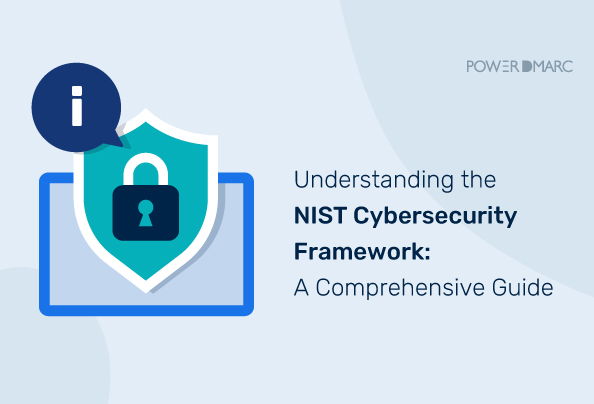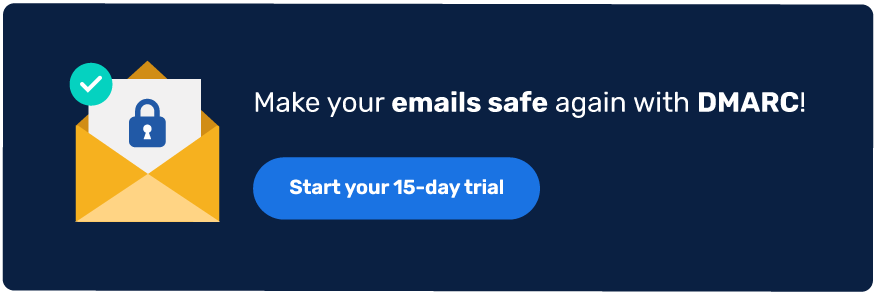
2024-7-19 19:35:56 Author: securityboulevard.com(查看原文) 阅读量:1 收藏
Reading Time: 4 min

Cybersecurity stands as a pivotal element within any organization’s infrastructure. Given the rising frequency of cyber threats, a strong framework is indispensable for defending against these risks. One notable solution is the NIST Cybersecurity Framework. But what is it, and how can it benefit your organization?
What is the NIST Cybersecurity Framework?
The NIST Cybersecurity Framework is a collection of cybersecurity guidelines outlined by the National Institute of Standards and Technology in the US. The framework was created to offer organizations a voluntary, risk-focused method for handling cybersecurity risks. It aims to assist entities across various sectors and scales in comprehending, managing, and mitigating cyber risks. A NIST audit checklist can help organizations adhere to the framework’s guidelines effectively.
Offering a structured approach allows for consistency and comprehensiveness in these practices. As cyber threats evolve, so does the framework, ensuring it remains relevant and practical. This adaptability makes it a valuable tool for any organization to enhance its cybersecurity posture.
Core Components of the NIST Cybersecurity Framework
The NIST CSF is built around five core functions: Identify, Protect, Detect, Respond, and Recover. Each function plays a crucial role in ensuring a comprehensive cybersecurity posture. They create a continuous improvement cycle for managing and reducing these risks. By integrating these functions, organizations can create a robust defense strategy.
Identify
The Identify function helps organizations understand their environment and identify the risks to their systems, assets, data, and capabilities. This involves establishing a clear organizational comprehension to effectively handle these risks about systems, personnel, assets, data, and capabilities.
Protect
The Protect function facilitates the capability to restrict or mitigate the consequences of a potential cybersecurity incident. This involves implementing appropriate safeguards to ensure the delivery of critical infrastructure services. Measures under this function include access control, awareness training, data security, and maintenance.
Detect
This function defines the activities to identify the occurrence of a cybersecurity event. This includes implementing activities that allow the timely discovery of any events. Continuous monitoring and detection processes are critical in this stage to quickly identify potential threats. Effective detection will enable organizations to respond promptly. Early detection minimizes damage and can prevent breaches from escalating.
Respond
The Respond function includes the necessary actions once an incident is detected. This entails devising and executing the necessary steps to respond to an identified the incident. This function’s key activities are response planning, communications, analysis, mitigation, and improvements. A well-coordinated response can significantly reduce the impact of a cyber incident.
Recover
The Recover function determines the necessary actions to uphold resilience plans and reinstate any capabilities or services affected by this incident. This ensures the organization can quickly return to normal operations following an incident. Recovery plans should be tested and updated regularly. Resilience ensures that an organization can withstand and bounce back from cyber incidents.
Benefits of Implementing the NIST Cybersecurity Framework
Improved Risk Management
This framework offers a systematic method for identifying, evaluating, and controlling cybersecurity risks. This helps organizations prioritize their efforts based on risk. Focusing on the most critical areas first makes resources more efficient, and this targeted approach enhances overall security posture.
Enhanced Communication
The framework promotes better communication within the organization and with external stakeholders. Using common language and standards makes it easier to discuss and address issues. Clear communication is vital for effective coordination during and after cyber incidents. Stakeholders can collaborate more effectively when they understand the risks and mitigation strategies.
Regulatory Compliance
While the NIST CSF is voluntary, many regulatory bodies reference it. Implementing the NIST Framework enables organizations to meet diverse regulatory requirements, mitigating the potential for penalties due to non-compliance. Compliance further signifies an organization’s dedication to cybersecurity, fostering trust among customers and partners alike.
Flexible and Scalable
This framework offers flexibility, allowing organizations to customize it according to their requirements. Whether a small business or a large enterprise, the framework can be scaled to fit different sizes and types of organizations. This adaptability makes it accessible to all sectors. Organizations can implement the framework in phases, ensuring manageable and sustainable adoption.
Steps to Implement the NIST Cybersecurity Framework
How can an organization implement this framework? Here are the essential steps:
1. Prioritize and Scope
Identify business/mission objectives and priorities. Understand the critical services and systems and the impact of cybersecurity risks on these objectives. This step sets the direction for the implementation process. Prioritizing efforts ensures that the most critical areas receive attention first.
2. Orient
Identify related systems, assets, regulatory requirements, and overall risk approach. This step involves understanding the current cybersecurity posture. Knowing the baseline helps in measuring progress. It also aids in identifying gaps and areas needing improvement.
3. Create a Current Profile
Develop a profile that reflects the organization’s current activities. This helps in understanding the starting point and identifying areas for improvement. The current profile serves as a benchmark for future assessments. It provides a clear picture of the existing security landscape.
4. Conduct a Risk Assessment
Analyze the operational environment to discern the likelihood of a cybersecurity event and its impact on the organization. This step helps prioritize the areas that need immediate attention. Risk assessments should be regular and ongoing. They help adapt to new threats and vulnerabilities.
5. Create a Target Profile
Develop a target profile that outlines the desired cybersecurity outcomes. The target profile sets the goals for security improvements and serves as a roadmap for transitioning from the current to the desired state.
6. Determine, Analyze, and Prioritize Gaps
Find the gaps between the current and target profiles. Prioritize these gaps based on risk and resources available to address them. Addressing these gaps is critical for improving security, and prioritization ensures that resources are allocated efficiently.
7. Implement Action Plan
Develop and execute an action plan to address the gaps. This involves applying the NIST CSF’s core functions and categories to improve the organization’s cybersecurity. The action plan should be dynamic and adaptable. Regular reviews and updates ensure continued relevance and effectiveness.
Final Words
The NIST Framework offers a comprehensive, flexible, and scalable approach to managing cybersecurity risks. By understanding and implementing the core functions, organizations can enhance their functions and ensure resilience against cyber threats. Creating a NIST audit checklist can help organizations ensure compliance with this framework and identify areas for improvement in their practices. Adopting this framework demonstrates a commitment to security and risk management.

*** This is a Security Bloggers Network syndicated blog from PowerDMARC authored by Ahona Rudra. Read the original post at: https://powerdmarc.com/nist-cybersecurity-framework/
如有侵权请联系:admin#unsafe.sh